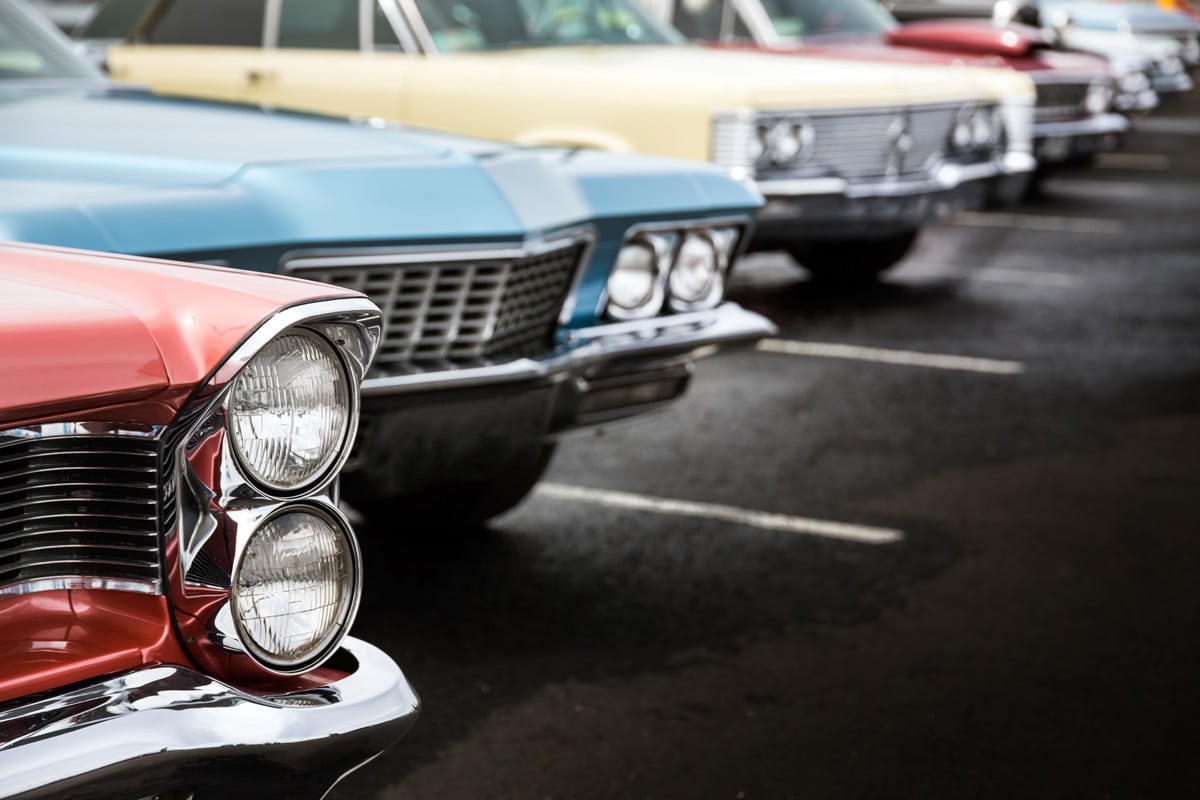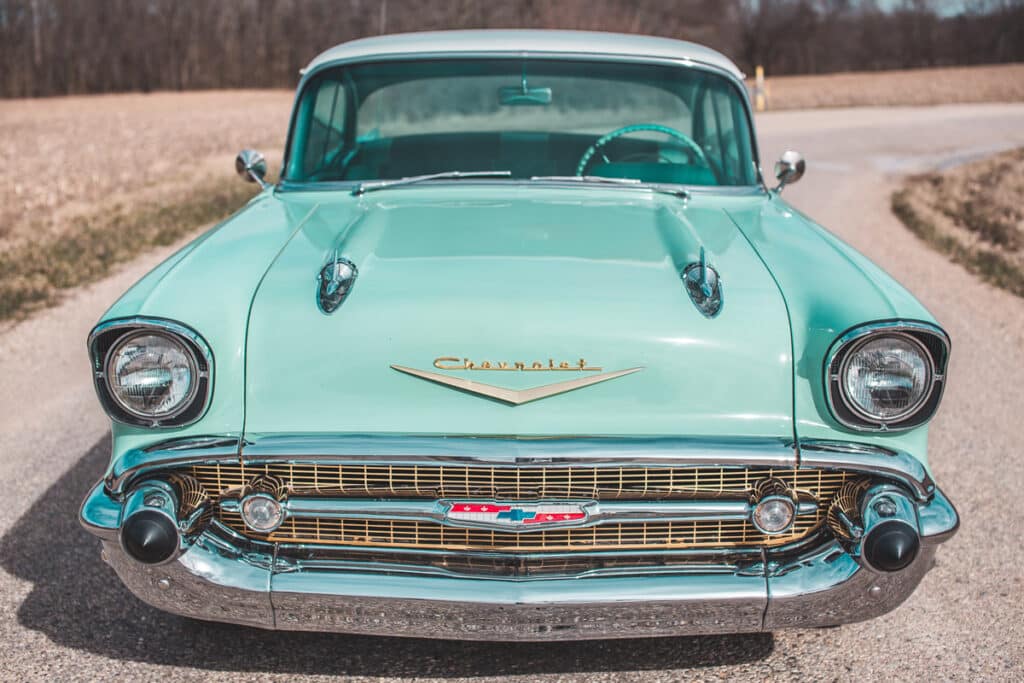Classic cars are 20+ year-old beauties with historical significance, valued for their distinct style, collectible appeal, and connection to past eras of automotive passion.

But, the definition of a classic car isn’t quite set in stone. Here are some general guidelines and factors that contribute to the label:
Age of Vehicle:
Classic cars are typically older, usually considered to be 20 years or older. However, some enthusiasts and collectors might include cars as young as 15 or 25 years old, depending on the model and its significance.
Historical significance:
A classic car often holds historical or cultural importance. It might have been a technological marvel of its time, a symbol of a certain era, or simply a beautifully designed and well-loved model.
Collectibility:
Classic cars are often considered collector’s items, valued not just for their age but also for their rarity, condition, and potential for appreciation in value.
Distinctive style:
Many classic cars stand out from modern vehicles with their unique design features, chrome accents, powerful engines, and overall charm.
Maintenance and restoration: While not all classic cars are meticulously restored, many are maintained and cared for by their owners, keeping them in good running condition and preserving their historical value.
It’s important to note that the term “classic car” can sometimes overlap with other terms like “vintage” and “antique,” which can have slightly different connotations depending on the context and the specific car in question.
Here are some additional points to consider:
- Different organizations, clubs, and even insurance companies might have their own specific definitions of a classic car.
- Some iconic or historically important cars might be considered classics even if they’re not quite 20 years old yet.
- Ultimately, the “classic car” label is often subjective and depends on individual preferences and perspectives.

Definition of a Classic Car vs. a Vintage Car
A classic car is generally defined as a car that is older than 20 years, while a vintage car is one that was manufactured between 1919 and 1930. However, the exact definitions can vary based on different classic car clubs and insurance companies.
A classic car is usually recognized as a vehicle over 20 years old. The Classic Car Club of America (CCCA) has a more specific definition for classic cars – they define them as “fine” or “distinctive” vehicles that were manufactured between 1915 and 1948. This doesn’t mean that cars outside these years cannot be considered classic, but this is the CCCA’s standard.
On the other hand, a vintage car is typically defined as a vehicle manufactured between 1919 and 1930. The term ‘vintage’ is also used more broadly to refer to any old car that is still on the road, especially if it’s well-maintained and in good working condition.
It’s important to note that the terms ‘vintage’ and ‘classic’ are often used interchangeably, and their precise meanings can vary depending on who you’re speaking to.
For example, insurance companies might have different age criteria for what they consider a classic or vintage car, while car enthusiasts might have their own personal definitions based on factors like the car’s rarity, design, or historical significance.
At Get Vintage Vehicles, we just love that people are buying, selling, restoring, and using old cars – no matter how they are labeled!



